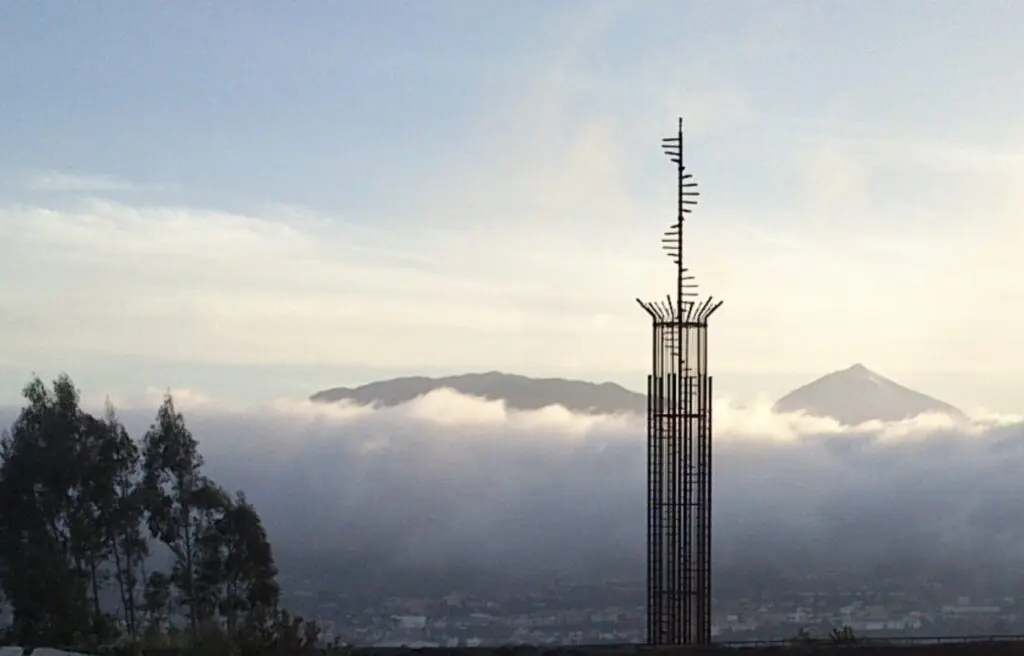The Weekly Reflektion 48/2022
The investigation into major accidents usually leads to recommendations on improvements in safety. While we may not be aware of all of these, we have an expectation that they will be implemented.

How do you align your objectives in your ‘One Team’ concept?
The Los Rodeos Airport in Tenerife airport suffered with poor visibility when low clouds. On 27th March 1977 there was patchy thick fog restricting the visibility for both aircraft and the control tower. Two aircraft were waiting for clearance to take-off, KLM flight 4805 and Pam Am flight 1736. The Pan Am flight was ready for take-off but at the wrong end of the runway with respect to wind direction. It could not manoeuvre past the KLM flight which was refuelling. After this refuellingdelay, re-boarding the passengers, and locating 4 missing passengers, the KLM flight was ordered to taxi the length of the runway, turn 180o and wait for clearance for take-off.
The Pan Am flight was then ordered to follow the KLM flight up the runway and exit at the third exit to the parallel taxiway to clear the runway for the KLM flight. The Pan Am flight missed the third exit in the fog, and with no ground radar at the airport, the tower did not know this.
The KLM flight sitting at the end of the runway at this time had good visibility of about 900m, but fog was rolling in along the runway. The captain was very experienced, but for the last few years had been a training instructor on a simulator. The simulator training did not include the interaction with the control tower and hence the practice on conformation protocols. He started the KLM flight moving forward and asked the first officer to check it was OK to take-off. The tower responded with instructions on the route after take-offbut did not clear the flight for take-off. The tower said ‘stand-by for take-off’, but the message was drowned out by radio interference from another plane. The captain thought they had been cleared for take-off, but the First Officer appeared more unsure from the cockpit voice recorder but did not stop the captain.
As they accelerated along the runway towards the incoming fog, they saw the Pan Am flight still on the runway coming towards them. They attempted to take-off and managed to get the nose over the Pan Am plane, but the lower fuselage and the landing gear ripped into the Pan Am flight which was trying to leave the runway onto the grass. The KLM flight rolled and crashed 150m further down the runway killing all 248 passengers and crew on the plane. In the Pan Am flight, 335 passengers and crew died, with 61 survivors from the nose section. With 583 fatalities, this is the deadliest air crash in history.
The investigation found the KLM pilot had started to take-off without clearance. Contributory causes were the poor visibility, radio interference, and ambiguous terminology used during communication between the KLM flight and the tower.
This accident contributed to an improvement in communication terminology with key information being repeated by the person receiving the message. Cockpit procedures were also changed after the accident. Hierarchical relations among crew members were played down, and greater emphasis was placed on team decision-making by mutual agreement. Less experienced flight crew members were encouraged to challenge their captains when they believed something to be incorrect, and captains were instructed to listen to their crew and evaluate all decisions in light of crew concerns.
